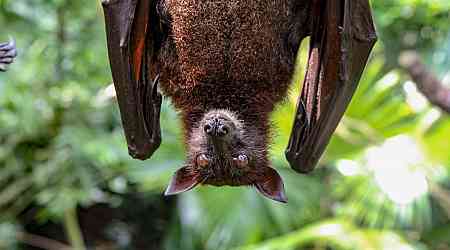In 2006, a fungal disease called white-nose syndrome began decimating bat populations across New England. Over the following decade, the loss of these bats, essential for controlling insect populations, led to significant consequences for agriculture and human health, according to a new study. With fewer bats around to consume insects, farmers resorted to increased use of insecticides, resulting in a 31 percent rise in pesticide application, according to a report. This increase has been associated with an 8 percent rise in infant mortality in affected areas.
Impact on Agriculture and Human Health
Bats play a crucial role in natural pest control, with some species consuming around 40 percent of their body weight in insects every night. Researchers, led by economist Eyal Frank from the University of Chicago, noted in his study published in the Science journal that when bat populations plummeted, farmers responded by using more insecticides to compensate for the loss. The additional insecticide use grew by about 2 kilograms per square kilometre over five years. Meanwhile, fungicide and herbicide use remained unchanged.
Infant Mortality on the Rise
The study found a disturbing link between the increase in insecticide use and a rise in infant mortality, particularly in deaths related to disease or birth defects. However, other factors like accidents and homicides did not show a similar increase. Winifred Frick, chief scientist at Bat Conservation International, expressed shock at the findings, calling it a significant revelation.
Tracey Woodruff, an environmental health scientist at the University of California San Francisco, commented that the link between pesticides and infant health risks is plausible, noting similar findings from previous studies on air pollution, according to a Science.org report.
Challenges and Future Outlook
While bat populations are slowly recovering, it may take decades for them to reach previous levels. Conservation efforts are underway to aid their recovery, including attracting insects to hibernation sites and improving roosting conditions.
































